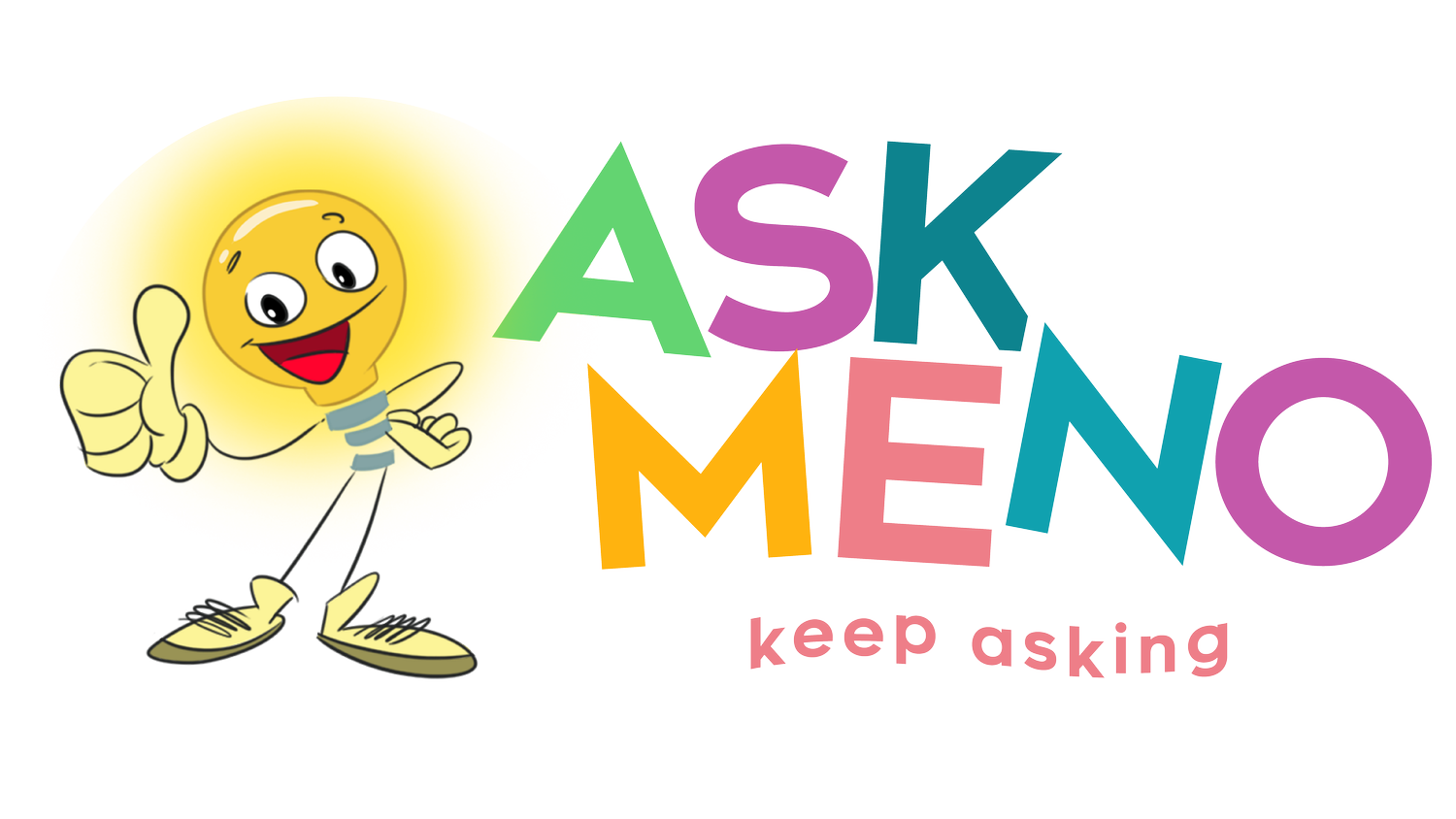What Does Research Say is the Essence of Great Early-Education Teaching?
The Research
A group of researchers set out to scientifically discover the essence of great teaching in early education. 200+ studies revealed the following key findings:
In observing 700 public preschool programs across 11 states, many early education classrooms had poor quality student-teacher interactions, revealing a large gap in the kind of interactions kids need for optimal learning gains.*
Lower quality educator-child interactions and lack of supportive student-teacher relationships correlate with lower scores in vocabulary and reading.*
Instructional support strategies that focus on higher-order thinking, oral language development, and activating prior knowledge “just might be the most important lever” to positively impact language and literacy outcomes.**
Educator-child interactions are the primary way of ensuring the highest quality learning experiences in early childhood education.***
Without highly effective teacher-child interactions, a classroom can have the best evidenced-based curriculum, most detailed student assessments, and the most well-designed differentiated instruction, and still fail to achieve the optimal academic results we need to see from kids in the public education system.
To improve teacher-child interactions, some target areas include:
Ongoing professional development with class assessment programs like CLASS.
Use of edtech tools like AskMeno that facilitate quality interactions, language modeling, and embed instructional support.
Increasing collective teacher efficacy by sharing and showcasing exemplary classrooms with a healthy culture of learning.
About AskMeno
AskMeno is dedicated to helping early-childhood leaders build the foundational oral language and social skills necessary for their young scholars’ reading comprehension and emotional wellbeing. AskMeno provides a play-based, teacher-facilitated supplemental curriculum that systematically and explicitly develops oral language and social skills through scaffolded, fun, and engaging learning activities.



